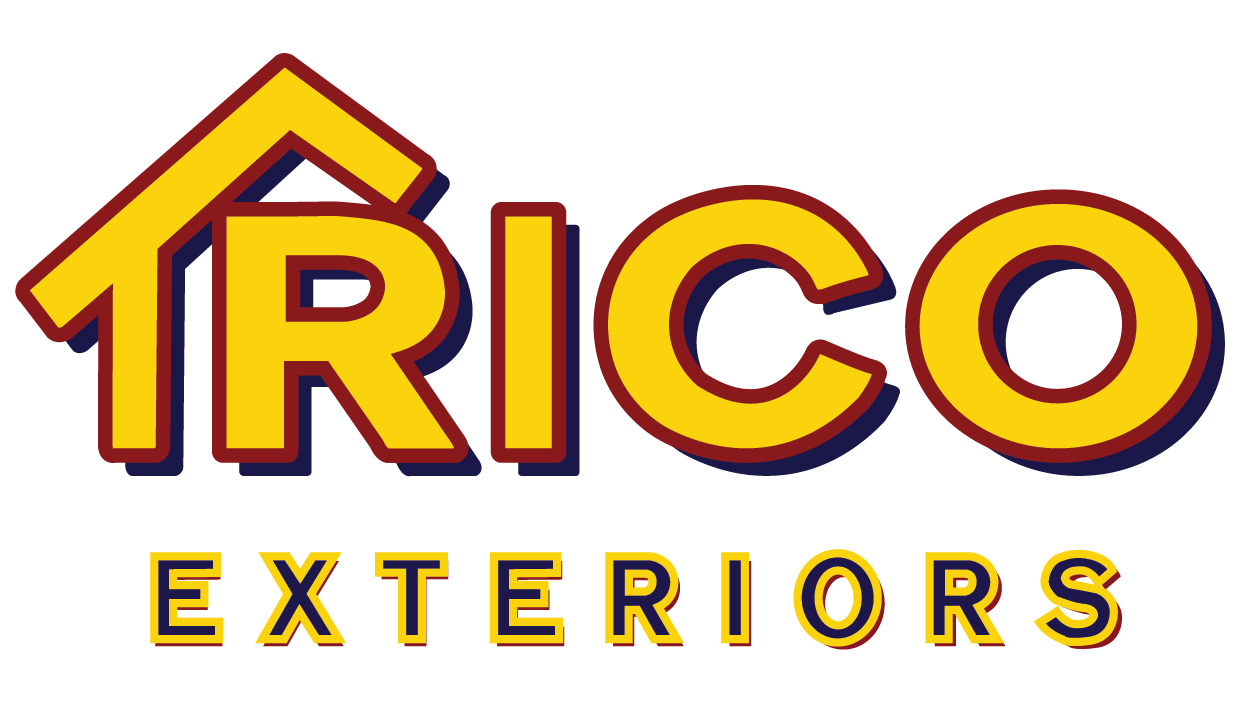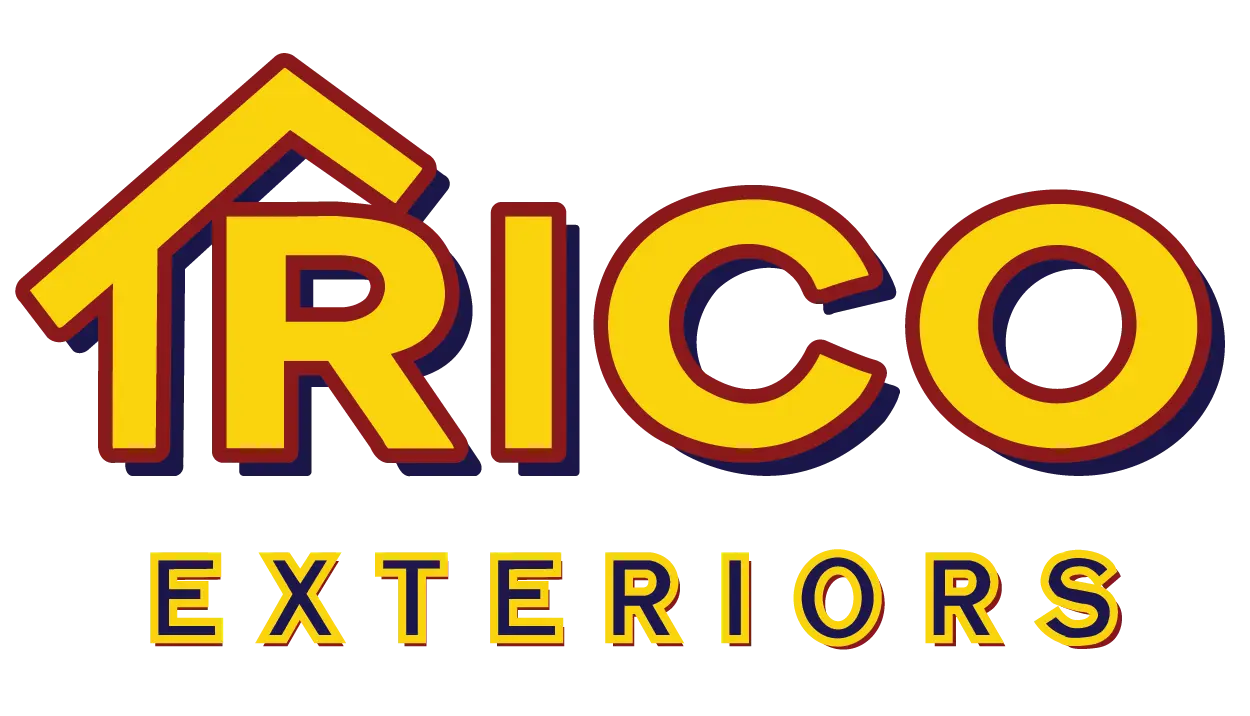
Finding out you have to replace your roof is never great news. Replacing a roof is an expensive proposition, after all. Unfortunately, roof replacement is rarely something you can put off. The longer you wait to replace your roof, the more vulnerable it will become to damage. Not only could this make your home more vulnerable to potential leaks and water damage, but it could also pose a safety hazard should it become structurally unsound.
Because of how expensive a roof replacement can be, you might not be able to pay for it out of your own pocket. The following are five of the main ways you can obtain financing for a roof replacement if you do not have enough money in the bank to cover the costs.
1. Home Equity Loan
You can take a home equity loan out against the equity of your property. For example, if you bought a $200,000 home and you have paid off $150,000 on your mortgage, then you have $150,000 worth of equity you can borrow against. You can usually borrow up to 85 percent of the equity you have. Just keep in mind since you are borrowing against your equity, you can lose your home if you fall too far behind on your payments.
2. FHA Title Loan
The FHA (Federal Housing Administration) has a Title 1 loan program to insure loans for home and property improvements. Because the loan is insured by the federal government, lenders tend to be less strict about their qualification requirements and will offer better terms as well. Through the Title 1 program, you can borrow the money you need to replace your roof and have upwards of 20 years to pay it off. The only downside is you will need to secure your loan using your mortgage or deed of trust if the loan is more than $7,500.
3. Roofer Financing
Many roofing companies have their own financing programs to help make their services more affordable. Basically, roofers with financing options will have payment plans you can sign up to so you don’t have to pay for your entire roof replacement upfront. As with any loan, you will have interest to pay on this loan.
4. Homeowner’s Insurance
Homeowner’s insurance may cover the cost of a roof replacement depending on the terms of your policy. For example, most policies cover any damage caused by wind or fire. Check with your insurance agent to find out what kind of roof replacement is covered. If your homeowner’s insurance will cover the cost (or part of the cost) of replacing your roof, then it’s important to follow the proper insurance claims process to ensure you are able to get your replacement costs covered.
First of all, make sure your family is safe! Then call a professional roofer. You will want a roofer to come out and inspect the roof. They can take photographs of the roof if it needs to be replaced as a result of physical damage. They will also provide you with a detailed evaluation of the roof along with an estimate of how much it will cost to replace.
After calling your roofer, call your insurance company to get the process started. The insurance company will need to send a claims adjustor to your home to inspect the roof. It’s a good idea to work with a roofer who is willing to meet with the adjuster.
Only work with a roofer who won’t charge you for your roof replacement upfront or else it’s going to make the insurance process much more complicated.
5. Credit Card
If your credit card has a high enough credit limit, you could put your roof replacement costs on it. You should only do this if you know you can pay the balance down in a short period of time. Credit cards can have very high-interest rates to boot, although you could potentially apply for a credit card with a special zero percent introductory rate lasting between 12 and 18 months. Credit card payment should only be a very last resort, though.
Roof replacement can be expensive, but fortunately, there are several ways to finance your roof replacement if you can’t afford to pay out of pocket. If you have any questions regarding roof replacement, the insurance claims process, or on how you can finance your roof replacement, be sure to contact us at Tri-County Roofing today.




